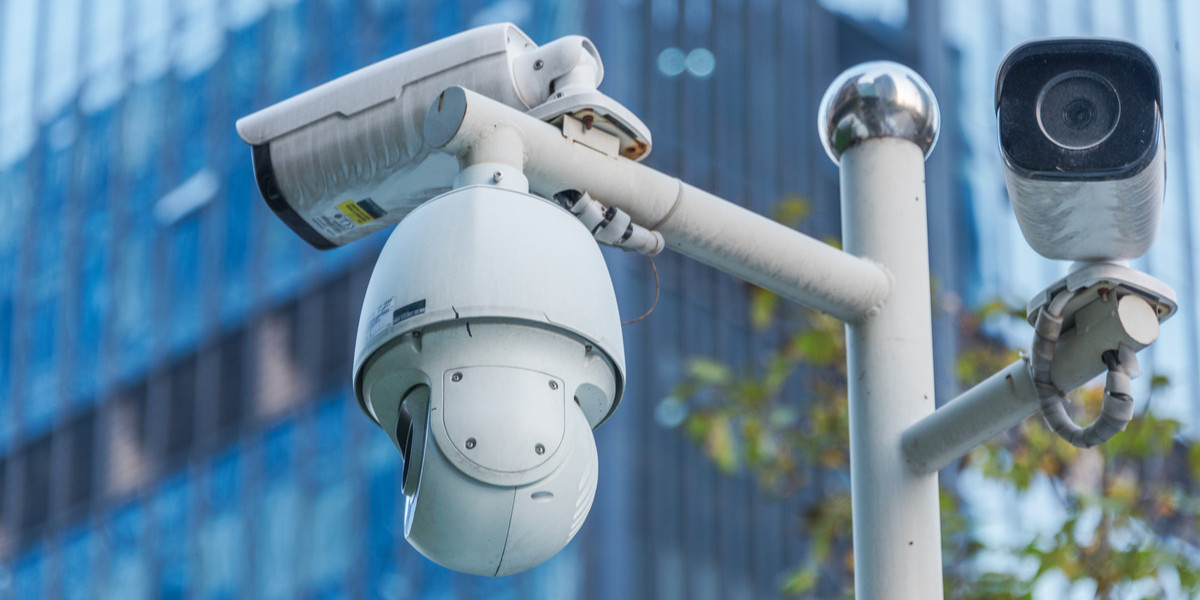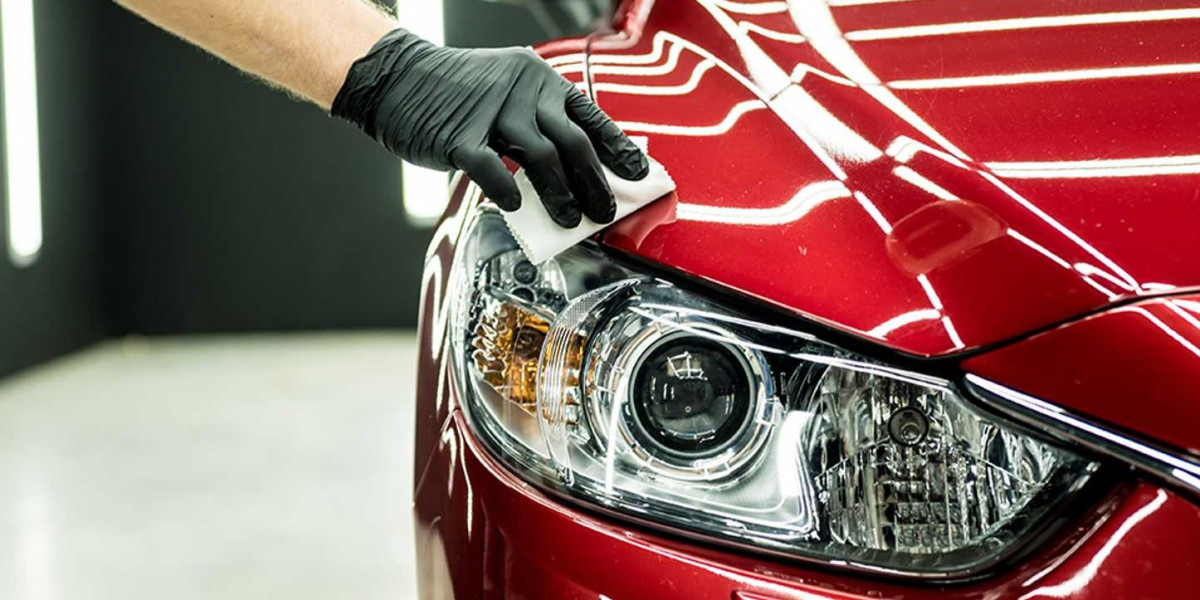In a world where safety and awareness are becoming everyday priorities, investing in CCTV Security Cameras is no longer just an option—it’s a necessity. Whether you’re safeguarding your home, business, or an entire property, the right camera system can mean the difference between a secure environment and one vulnerable to risks. With a wide range of models available—each boasting different resolutions, features, and price points—it’s easy to feel overwhelmed.
That’s where having a smart buying checklist comes in handy. Instead of rushing into a purchase based on flashy marketing terms, you’ll be able to evaluate your real needs, compare features, and choose a system that delivers long-term value. This guide from Leading Edge Provider walks you through everything you should consider before making your investment. From identifying your primary purpose to understanding technical specifications, we’ll help you navigate the process step-by-step so you can make a confident, well-informed decision.
1. Define Your Purpose Before Buying
Before browsing models or comparing prices, you need clarity on why you’re buying CCTV Security Cameras. Are you looking for a system to deter intruders, monitor employee activity, watch over deliveries, or simply have peace of mind when you’re away? Each purpose can determine the type of camera and features you’ll need.
For example:
Home security may require discreet indoor and outdoor cameras with motion alerts.
Business surveillance might need high-resolution, wide-angle views and storage for several days of footage.
Remote properties could benefit from solar-powered systems or 4G/5G-enabled cameras.
Knowing your purpose early on also helps you avoid overspending on unnecessary features while ensuring you don’t miss out on capabilities that are essential for your situation.
2. Choose the Right Camera Type for Your Space
Not all CCTV Security Cameras are built the same, and understanding the types available can save you from making a poor choice. Common options include:
Dome Cameras – Great for indoor and outdoor use; discreet and tamper-resistant.
Bullet Cameras – Ideal for long-distance viewing; highly visible deterrent.
PTZ Cameras – Allow pan, tilt, and zoom for flexible coverage.
Wireless Cameras – Easy to install, but dependent on Wi-Fi stability.
If your priority is covering a wide parking lot, a PTZ camera may be best. For indoor retail stores, dome cameras can blend seamlessly into the environment. Selecting the right type ensures optimal performance and coverage.
3. Consider Video Resolution and Image Quality
A camera is only as good as the clarity of its footage. Poor resolution can make it impossible to identify faces, license plates, or small details in critical moments.
Here’s a quick guide:
720p – Basic clarity, suitable for small indoor spaces.
1080p (Full HD) – Standard for most home and business setups.
4K Ultra HD – Exceptional detail, useful for large spaces or high-security areas.
Higher resolution provides better detail but also requires more storage space. Strike a balance based on your needs and budget.
4. Evaluate Storage Options
Your CCTV Security Cameras are only effective if you can access and review footage when needed. Storage options typically fall into two categories:
Local Storage (DVR/NVR) – Records footage on a hard drive; reliable but may require physical access to retrieve data.
Cloud Storage – Stores footage online; allows remote access but may have subscription fees.
Some systems offer hybrid options, giving you the flexibility of both. If you travel frequently, cloud storage can provide peace of mind with instant access from anywhere.
5. Night Vision and Low-Light Performance
Criminal activity often happens under the cover of darkness, making night vision one of the most critical features to consider. Look for cameras with:
Infrared (IR) LEDs for black-and-white night vision.
Full-color low-light sensors for improved detail in dim conditions.
A camera with poor night vision can compromise your entire security system. Always check the manufacturer’s range claims and, if possible, review real-world footage samples before purchasing.
6. Motion Detection and Smart Alerts
Modern CCTV Security Cameras often come with AI-powered motion detection, reducing false alerts from things like passing cars or swaying trees. Some can even differentiate between people, animals, and vehicles.
Smart alerts can be sent directly to your smartphone, allowing you to respond quickly if suspicious activity occurs. For businesses, this means real-time monitoring without constant manual oversight.
7. Weather Resistance and Durability
If your cameras will be placed outdoors, ensure they have an IP66 or IP67 weather resistance rating. These ratings protect against dust, rain, and extreme temperatures. The durability of your cameras can directly impact how often they need to be replaced, making this a crucial investment consideration.
8. Budget Wisely, But Don’t Go Too Cheap
Price is always a factor, but going for the cheapest option can backfire when the system fails in a crucial moment. Instead, balance affordability with essential features. Leading Edge Provider recommends choosing a system with reliable customer support, warranty coverage, and a proven track record in real-world use.
Final Thoughts
Selecting the right CCTV Security Cameras doesn’t have to be complicated when you approach the process strategically. By defining your needs, understanding your space, and balancing features with your budget, you’ll end up with a security system that works for you—not against you. Remember, the right camera isn’t just a purchase; it’s an investment in safety, peace of mind, and control over your environment.








